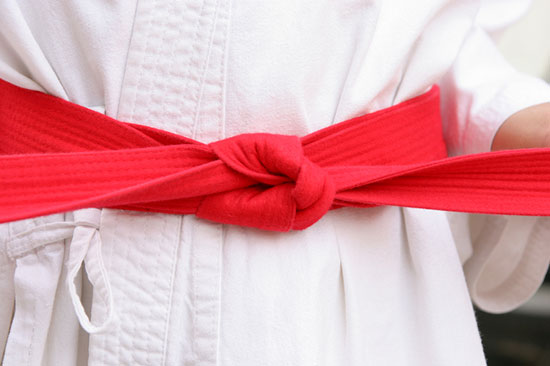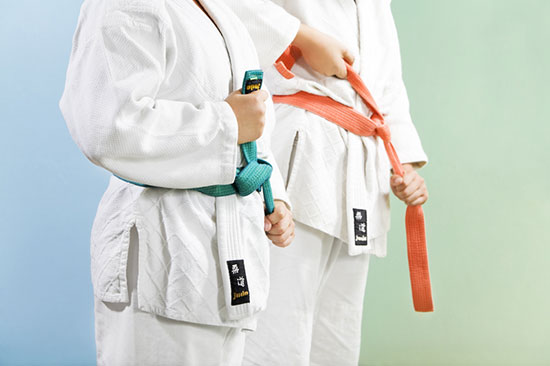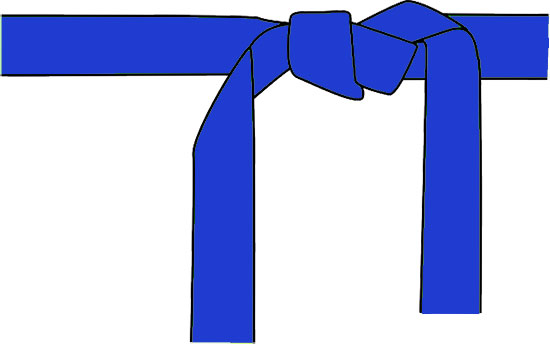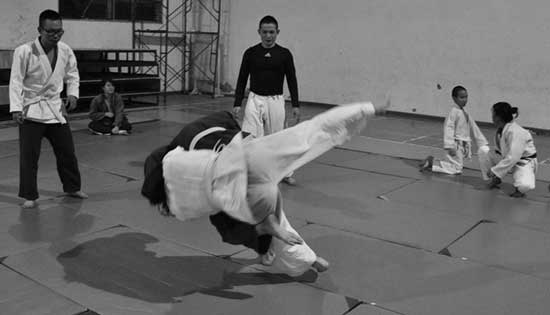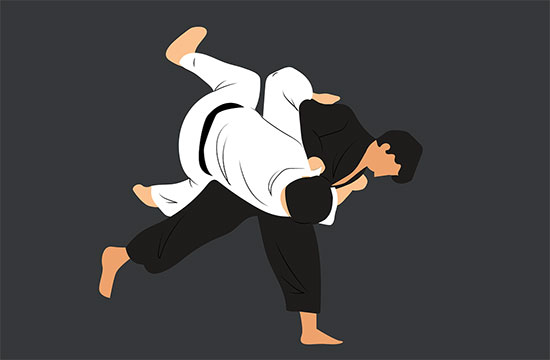For many martial arts enthusiasts, Judo is a fascinating sport that has gained a huge following worldwide.
This popular Japanese martial art focuses on throwing and grappling techniques to subdue an opponent. Indeed, Judo is a powerful source of physical fitness and self-defense.
Contents
The Importance of Throwing Techniques in Judo:
The foundation of Judo is the ability to throw an opponent quickly and with precision. In Judo, the winner is determined by “ippon,” which is a full-point score.
A judoka (Judo practitioner) can achieve an “ippon” by throwing their opponent with control and good form. Therefore, mastering a wide variety of throwing techniques is essential to becoming a skilled Judo player.
The Fundamental Throws
Judo throws can be classified into two categories: the “nage-waza” or throwing techniques and the “katame-waza” or grappling techniques.
In Judo, the primary throwing technique that every judoka needs to learn are the five foundational throws, called the “Gokyo no waza.”
The following are the basic techniques every judoka must master:
- De-ashi-barai (Advancing foot sweep)
- Seoi-nage (Shoulder throw)
- Koshi-guruma (Hip wheel)
- Osoto-gari (Major outer reap)
- Uki-goshi (Floating hip throw)
These throwing techniques may look simple, but they are so powerful that they have stood the test of time. Most world-class Judo players have mastered these techniques and used them to win multiple matches.
Here is a brief description of each of these classic throws:
De-ashi-barai (Advancing foot sweep):
This powerful technique involves sweeping the opponent’s leg out from underneath them while simultaneously pushing with both hands to destabilize the opponent.
Seoi-nage (Shoulder throw):
The Seoi-nage is a classic Judo technique that involves throwing an opponent over your shoulder and onto the mat. This technique requires excellent balance and perfect timing to execute.
Koshi-guruma (Hip wheel):
The Koshi-guruma is a hip-wheel technique that involves grabbing an opponent’s arm with one arm and using your other arm to pull the opponent off-balance. Once they lose balance, you use your hips to wheel them over onto the mat.
Osoto-gari (Major outer reap):
This technique involves sweeping your opponent’s foot from the outside while simultaneously pushing them off balance with your arms. This technique may seem easy, but it requires good timing, balance, and control to execute with precision.
Uki-goshi (Floating hip throw):
The Uki-goshi is a powerful hip-throw technique that involves using your hips to lift and throw your opponent over your shoulder. This technique requires excellent balance, timing, and control to execute with maximum force.
The Secondary Throws
In addition to the five foundational throws, a judoka needs to master secondary throws to defeat their opponents in matches.
There are numerous secondary throws in Judo, and a skilled judoka must have at least a few they are proficient at.
secondary throws complement the foundational throws and help to create surprise attacks. A good example of a secondary throw is the “Tai-otoshi,” which is similar to the “Seoi-nage” but executed on a different side.
Here are some additional throws that judoka should learn once they have mastered the foundational throws:
- Tai-otoshi (Body Drop)
- O-goshi (Major hip throw)
- Ko-uchi-gari (Minor inner reap)
- Ko-soto-gari (Minor outer reap)
- Harai-goshi (Sweeping hip throw)
The Importance of Correct Execution of Throwing Techniques
In Judo, the successful execution of throwing techniques depends on good timing, balance, and precision.
Advanced techniques require coordination and a deeper understanding of body mechanics. Improper execution of techniques can lead to serious injuries, and it is, therefore, crucial to learn them from a qualified instructor.
Additionally, Judo also has rules for how throws should be executed, which can vary based on the level of competition.
For example, in a Judo competition, a throw must not aim toward the opponent’s leg to avoid causing injuries.
There are also rules about how to grip an opponent’s uniform and what techniques are allowed in a match.
Therefore, it is essential to learn throwing techniques from an experienced instructor and practice them consistently to master proper execution and prevent injuries.
Conclusion
Judo is a technical sport that requires a judoka to have a strong understanding of body mechanics, good timing, and balance.
Every judoka needs to learn the five fundamental throws to become a well-rounded player. Secondary throws complement the foundational techniques, creating surprise attacks, and giving judoka more opportunities to defeat their opponents in matches.
It’s important to note that mastering throwing techniques takes time and dedication. Students should avoid becoming overwhelmed by trying to learn all the technique variations at once.
Instead, they should focus on the foundational throws first, and develop proper execution techniques with consistent practice before moving on to secondary throws.
With good training and consistent practice, judoka can thrive in Judo competitions, and even in their daily lives, having mastered throwing techniques and developed a strong sense of balance, precision, and timing.
